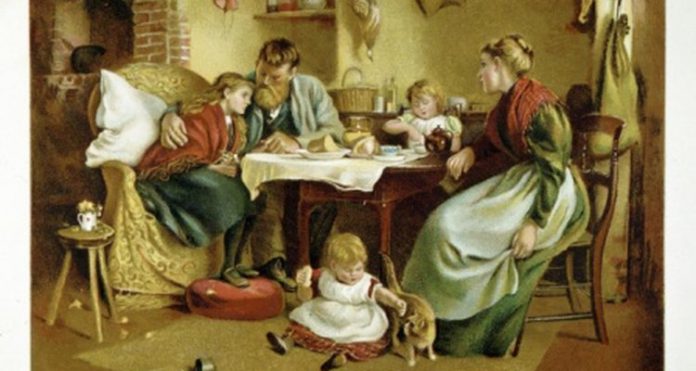The varieties utilized for kids’ clothing additionally convey orientation imagery — today, this is generally all around addressed by blue for child young men and pink for young ladies. However it required numerous years for this variety of code to become normalized. By the 1910s the varieties pink and blue were related with orientation, and there were early endeavors to systematize colors for one orientation or the other, as proven by this 1916 assertion from the exchange distribution Children and Kids’ Wear Survey : “[T]he by and large acknowledged rule is pink for a kid and blue for a young lady.”
Visit here Best tailors for men
As late as 1939, an article in Guardians magazine contended that since pink was a lighter shade of red, the shade of the conflict god Mars, it was fitting for young men, while blue with Venus and Madonna made it more proper for young ladies. made colors for practically speaking, the varieties were utilized reciprocally for both young men’s and young ladies’ clothing until after The Second Great War, when a blend of popular assessment and producer clout directed pink for young ladies and blue for young men — A rule that actually turns out as expected today.
Variety And Orientation Affiliation
Nonetheless, in spite of this request, blue keeps on being allowed for young ladies’ clothing, while pink is denied for young men’s clothing. The way that young ladies can wear both pink (ladylike) and blue (manly), while young men just sport blue, mirrors a significant pattern that started in the last part of the 1800s: that after some time, articles of clothing, trim or tones Worn by both little fellows and young ladies, yet customarily connected with ladies’ clothing, have become unsatisfactory for young men’s clothing. Young men’s dress turned out to be less “ladylike” during the 20th hundred years, except for decorations and enhancing subtleties like ribbon and unsettles, while young ladies’ dresses turned out to be more “manly”. A confusing illustration of this progress happened during the 1970s, when guardians engaged with bringing up “nonsexist” youngsters squeezed makers for “orientation free” kids’ clothing. Amusingly, the subsequent gasp outfits were sans orientation just as they utilized styles, tones, and trims that are presently adequate for young men, disposing of any “female” embellishments like pink texture or bordered trim. We do indeed.
Learn more about cloth like this here Suit Tailor Near Baner Pune Maharashtra
Current Kids’ Clothing
During the 20th 100 years, they — already male-just robes — pants — turned out to be progressively OK dress for young ladies and ladies. As little child young ladies grew out of their rompers during the 1920s, new play garments for three-to five-year-olds, planned with full developer pants under short dresses, were the principal dresses to which mature Young ladies could wear pants. By the 1940s, young ladies of any age wore gasp dresses at home and for easygoing public occasions, yet were as yet expected to wear dresses and skirts to school, church, gatherings, and in any event, shopping . Around 1970, the solid manly relationship of pants was broken so much that school and office clothing regulations at last endorsed pants for young ladies and ladies. Today young ladies can wear gasp outfits in pretty much every social circumstance. A considerable lot of these gasp styles, like Levis, are basically gender neutral in plan and cut, however numerous others are emphatically sex-composed through frivolity and variety.
Child To High Schooler Garments
Youthfulness has forever been a period of challenge and detachment for kids and guardians, however before the 20th 100 years, teenagers didn’t regularly communicate their freedom through appearance. All things considered, except for a couple of erraticisms, teens acknowledged current style and in the long run dressed like their folks. Since the mid 20th 100 years, in any case, youngsters have consistently communicated high school resistance through dress and appearance, frequently with styles at chances essentially with customary dress. The Jazz Age of the 1920s was the original to make a particular youth culture, with each succeeding age creating its own interesting prevailing fashion. In any case, adolescent patterns, for example, bobby socks during the 1940s or poodle skirts during the 1950s didn’t have a lot of impact on contemporary grown-up dress, and as youngsters moved into adulthood, they abandoned such trends. It was only after the 1960s, when the time of increased birth rates entered youthfulness, that styles inclined toward by youngsters like miniskirts, brilliant men’s shirts, or “radical” pants and Shirts supplanted more moderate grown-up styles. appeared and turned into a significant piece of the standard. style. Since that time, youth culture has kept on impacting design, with many styles obscuring the lines among youngsters’ and grown-up attire.

